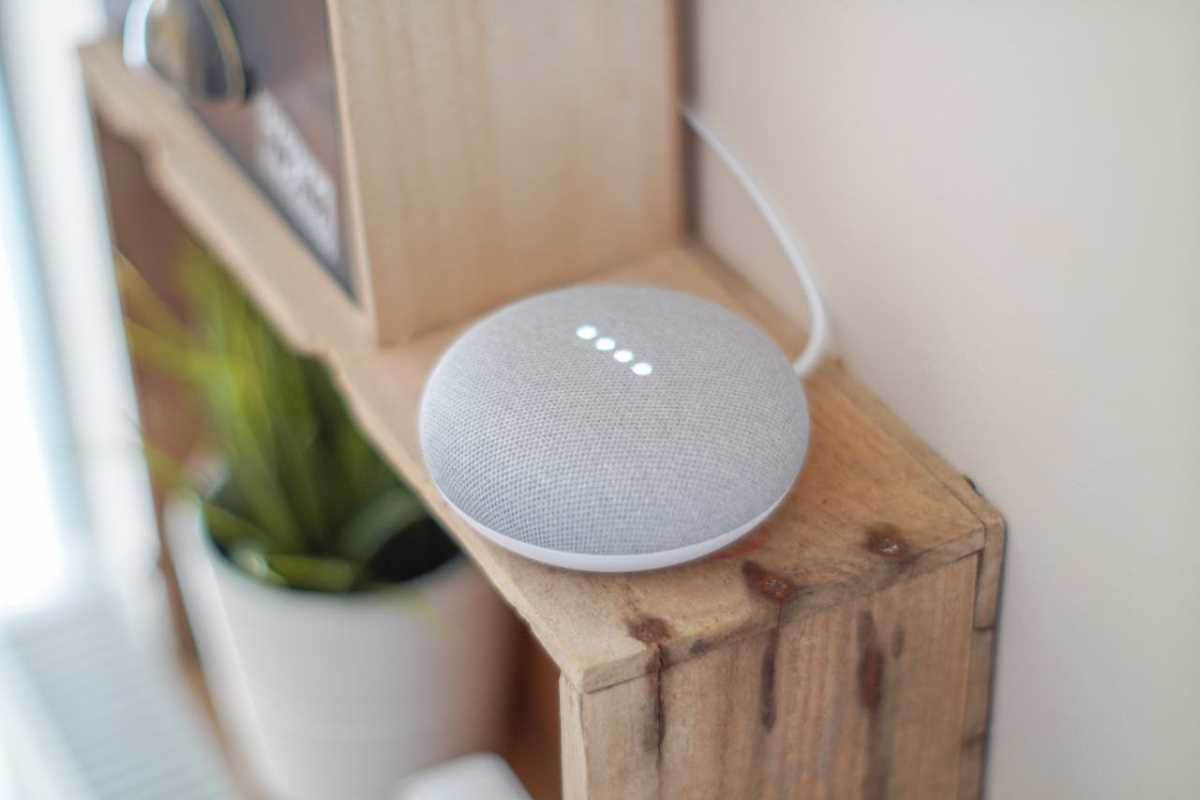Voice-activated gadgets have seamlessly woven themselves into the fabric of everyday life, offering ease and efficiency with just a spoken command. Whether it's managing your smart home devices or pulling up information on the fly, these technologies streamline our tasks and elevate our living environments. As these devices become more widespread, they bring to light growing concerns about privacy and security, especially the risk of eavesdropping. It's crucial to be aware of these potential vulnerabilities and to adopt robust security measures. This way, you can ensure that your voice-activated tools remain protected from any unauthorized listening.
Understanding Voice-Activated Gadgets
Voice-activated gadgets respond to spoken commands, making interactions with technology more natural and hands-free. These devices use advanced voice recognition and artificial intelligence to perform a variety of functions, enhancing user experience and convenience.
- Amazon Echo: Utilizes the Alexa voice assistant to control smart home devices, play music, set alarms, and provide real-time information.
- Google Home: Employs Google Assistant to manage tasks, answer questions, control compatible devices, and integrate with various online services.
- Apple HomePod: Features Siri to handle messaging, schedule events, provide news updates, and manage HomeKit-enabled accessories.
- Smart Speakers: General category that includes devices from various manufacturers, each offering unique integrations and functionalities tailored to user preferences.
Potential Risks of Eavesdropping
While voice-activated gadgets offer numerous benefits, they also present potential security vulnerabilities. Eavesdropping on these devices can lead to unauthorized access to personal information and privacy breaches.
- Unauthorized Listening: Hackers can gain access to the microphone of a device, allowing them to listen in on conversations without the user’s knowledge.
- Data Interception: Intercepting data transmitted between the device and its servers can reveal sensitive information, including personal preferences and routines.
- Voice Cloning: Advanced techniques can replicate a user's voice, enabling unauthorized commands to be issued to the device.
- Malware Insertion: Introducing malicious software can compromise the device’s security, providing attackers with various levels of control and access.
How to Secure Your Devices
Securing your voice-activated gadgets involves a combination of best practices and proactive measures to minimize the risk of unauthorized access and eavesdropping.
- Regular Software Updates: Ensure that your device's firmware and associated applications remain up-to-date to protect against known vulnerabilities.
- Strong Passwords: Use complex, unique passwords for device accounts and associated apps to prevent unauthorized access.
- Multi-Factor Authentication: Enable multi-factor authentication where available to add an extra layer of security to your accounts.
- Network Security: Secure your home Wi-Fi network with strong encryption (WPA3) and a robust password to prevent unauthorized network access.
- Disable Unneeded Features: Turn off features or services that are not in use to reduce potential entry points for attackers.
- Physical Security: Place devices in secure locations where unauthorized individuals cannot easily access or tamper with them.
Setting Up Privacy Features
Maximizing the privacy settings on your voice-activated gadgets is crucial in safeguarding against eavesdropping and ensuring that your personal information remains protected.
Start by accessing the privacy settings within the device’s companion app. Here, you can:
- Limit Data Sharing: Adjust settings to minimize the amount of data shared with third parties, ensuring that only necessary information transmits.
- Manage Voice Recordings: Regularly review and delete stored voice recordings to prevent unnecessary retention of personal conversations.
- Control Microphone Access: Disable the microphone when not in use or when privacy is a concern, physically muting the device if possible.
- Review App Permissions: Ensure that only trusted applications have access to your voice-activated devices, revoking permissions for any that are unnecessary.
Linking Smart Home Safety
Integrating security measures across all your smart home devices is vital in creating a comprehensive safety net against potential cyber threats. This holistic approach ensures that each device, including voice-activated gadgets, operates within a secure environment.
Voice-activated gadgets provide great convenience, but they pose security risks. Understanding and addressing these risks allows you to enjoy modern technology while protecting your privacy.
 (Image via
(Image via





